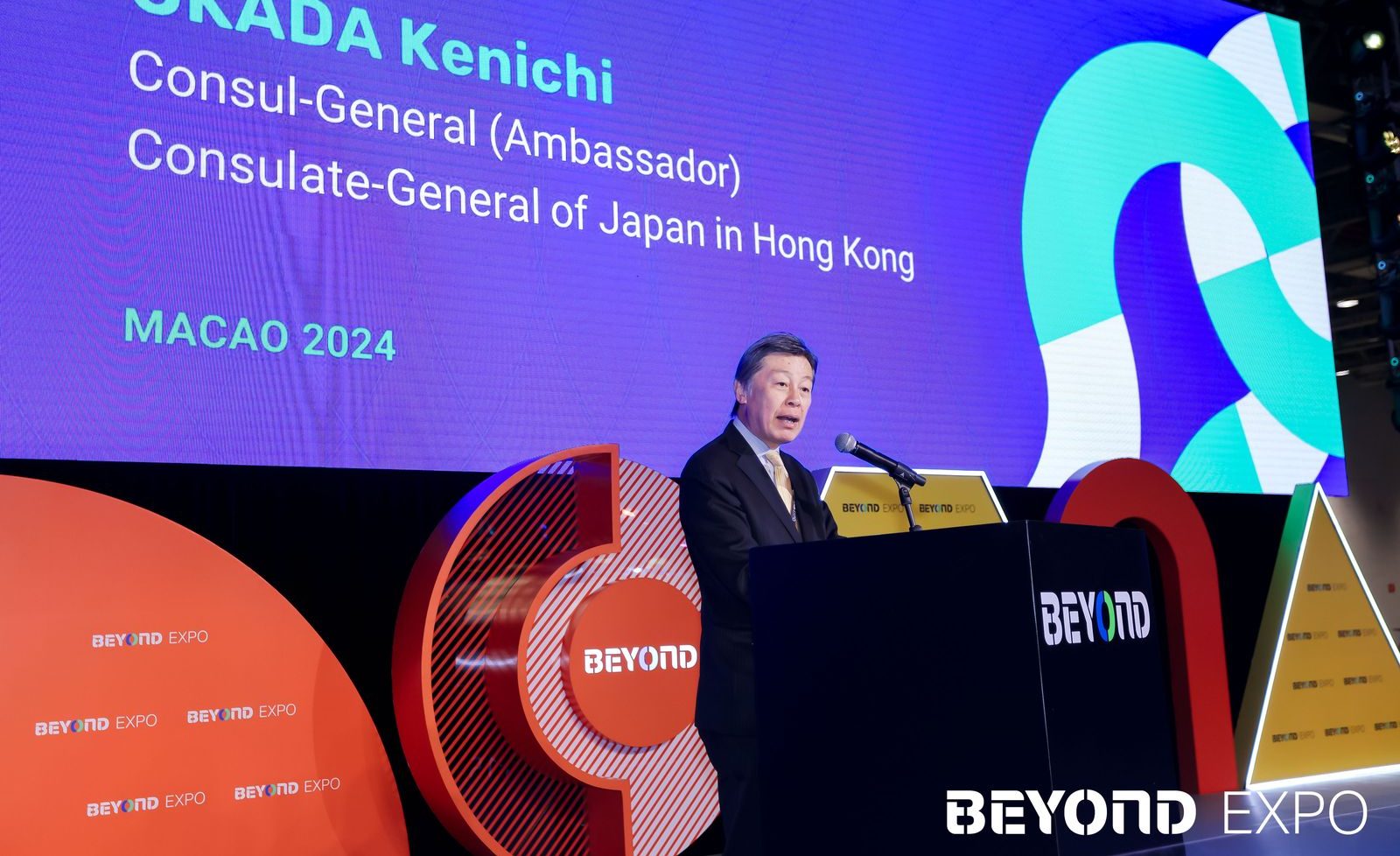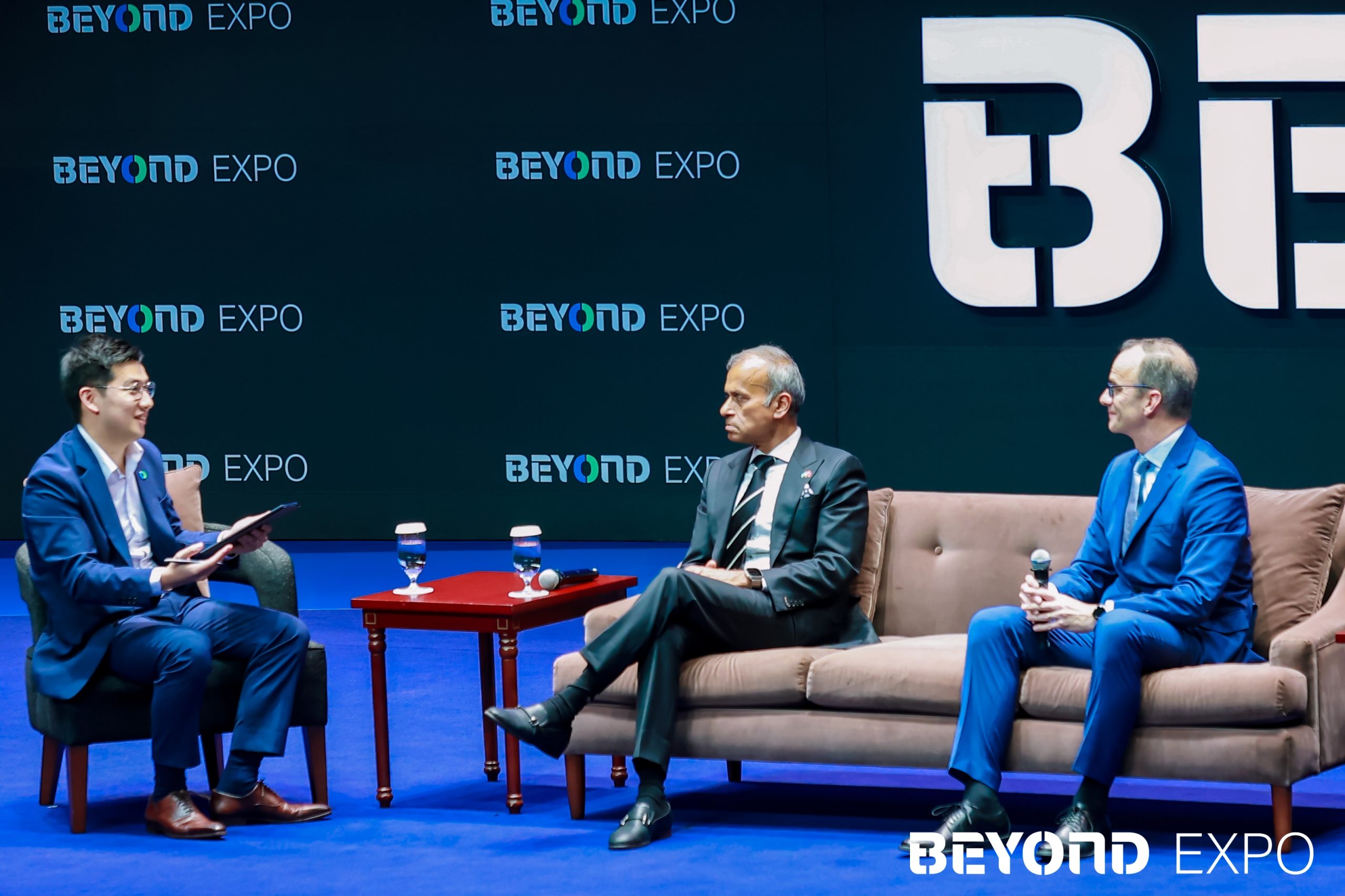Renowned Japanese technology companies including Sony and Fujifilm on Thursday showcased their latest products and business solutions at the BEYOND EXPO 2024 tech conference in Macao, voicing their expectations for the future of collaboration with China.
The public appearances at one of Asia’s largest tech events is the latest example of the world’s fourth-largest economy looking to not only continue its legacy of tech innovation but also evolve into an entrepreneurial and startup destination.
“Japan has implemented a range of policies designed to support overseas startups and these include substantial subsidies for research and development,” said Yuya Makino, Japan’s Guangzhou consulate-general, during the event. With a gross domestic product of more than $4.2 trillion, the Asian economy has also witnessed a dramatic increase in venture capital investment over the past several years, according to Makino.
“I think we’ve been eclipsed by China and markets like India and Southeast Asia over the last 15-20 years or so, but now there’s enough momentum to boost Japan’s innovations both from the private and public sectors. That’s the big thing that we’re starting to see in Japan,” Akio Tanaka, partner at investment firm Headline VC, told the audience.
Meanwhile, many big Japanese corporations are looking to keep up investments in China in order to retain a presence in the country, with its huge population and big potential, said Jie He, China office representative of Global Brain Corporation, a Tokyo-based venture capital firm. For instance, some are looking to the Guangdong-Hong Kong-Macao Greater Bay Area (GBA) as a business possibility because of its huge population, said Kenichi Okada, Japan’s Hong Kong consulate-general.
Below are some of the innovative efforts presented by companies at the Japan Tech Forum during this year’s BEYOND EXPO, held in Macao between May 22-25.
Sony introduced a project using haptics technology for entertainment that was materialized in the form of a floor, and said walking on the floor would provide users with realistic and captivating sensations of various walking terrains. The company’s engineers packed sensors and motors in the floor to accentuate the experience. It can be made to emulate desert and ice and create immersive and interactive experiences for theme parks, art museums, and livehouses.
The company has had an extensive and in-depth research and development plan for China, ranging from entertainment to mobility and elderly care, according to Takenaka Mikio, a vice president of Sony (China) Limited.
Fujifilm shared the company’s story of technological innovation with an open mindset. The Japanese company established an open innovation hub in 2014 in hopes of creating value that “would illuminate the future with its business partners,” said Yonghua Shi, corporate communication director at FUJIFILM (China) Investment Co., Ltd. One of the examples from the hub was a joint development effort between Fujifilm and Daikin. With the use of ventilating soundproofing material from Fujifilm, Japan’s air-conditioner manufacturer managed to reduce operating noises of its products by over 20%.
A similar entity was also established in Shanghai in 2020, followed by the launch of Fujifilm’s innovation program in China for the first time last year in partnership with ReGACY Innovation Group, in order to accelerate its technology-driven business development.
Tokyo-headquartered chemical maker Asahi Kasei presented a new optical transparent resin called AZP, which has optical characteristics not possible with existing transparent resins. It is widely expected to serve as a next-generation material that can take the place of optical glass. The AZP lenses can be used in VR (Virtual Reality) headsets to provide a larger field of view by polarization-based optical folding, allowing more compact headsets. The technology boasts reduced ghosts and flares, as well as improved contrast, making possible a clear field of view by minimizing the effects of birefringence, a phenomenon of double refraction.









